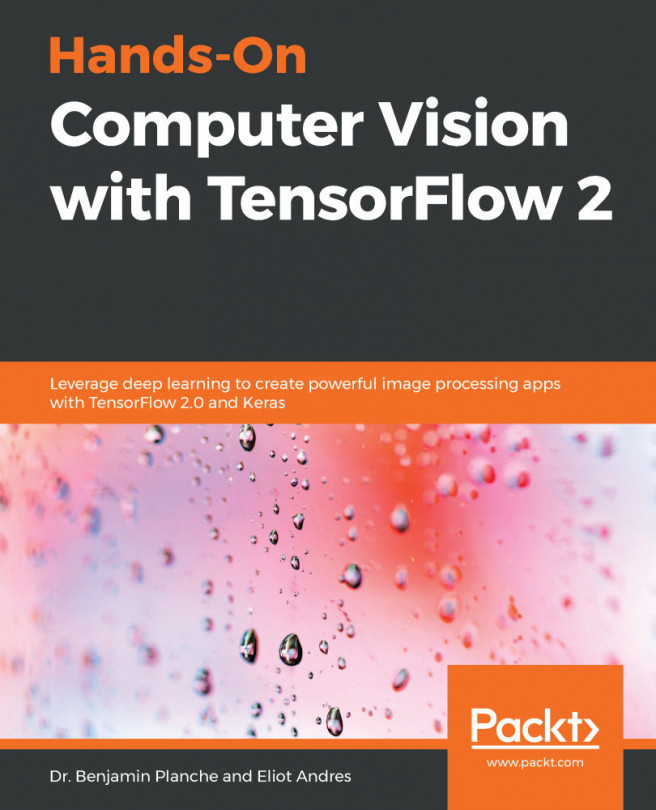Chapter 3. Image Classification in TensorFlow
Image classification refers to the problem of classifying images into categories according to their contents. Let's start with an example task of classifying, where a picture may be an image of a dog, or not. A naive approach that someone might take to accomplish this task is to take an input image, reshape it into a vector, and then train a linear classifier (or some other kind of classifier), like we did in Chapter 1, Setup and Introduction to TensorFlow. However, you would very quickly discover that this idea is bad for several reasons. Besides not scaling well to the size of your input image, your linear classifier will simply have a hard time being able to separate one image from another.
In contrast to humans, who can see meaningful patterns and content in an image, the computer only sees an array of numbers from 0 to 255. The wide fluctuation of these numbers at the same locations for different images of the same class prohibits using them...







































































